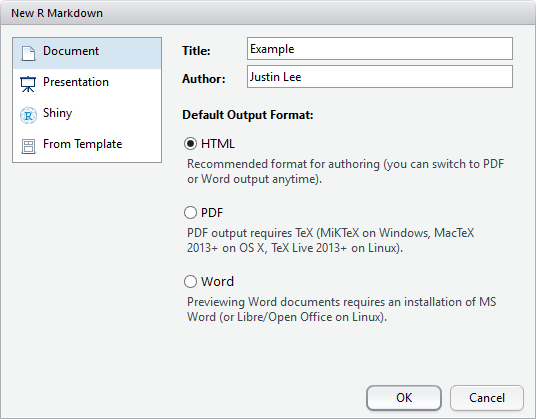

The plot reflects the labor force price that works for different sectors. Labs(title= "Income Base for Social Insurance by Employer Types",Ĭoord_flip() # Warning: Removed 1 rows containing non-finite values (stat_boxplot). library(haven)ĭata3<-read_dta("/Users/apple/Desktop/SW 670 Data/Clean NA/data3.dta") The relatively evenly-distributed pension is an important incentive that college graduates want to work for the government in China.

However, the government’s 50% line is higher than its counterparts and the range of goverment contribution is narrower than its counterparts, which suggests that government employees are receiving monthly pension contribution from the government more evenly than firm and institution’s employees. As for the maximum amount of contribution, the government, institutions, and firms are contributing at the same level. The plot implies that different types of employers vary in their monthly contribution to their employees’ pension savings. Y = "Employer's monthly pension contribution")+ Labs(title="Employers Monthly Contribution by Employer Types", library(haven)ĭata1 <-read_dta("/Users/apple/Desktop/SW 670 Data/Clean NA/data1.dta")

We can tell from the trend line that employers in this sample are making greater contribution to their employees’ pension saving than their employees are, which is a generalizable trend in China’s labor market. Regarding these employees, their employers are matching fewer than ¥1,000 for employees’ pension saving. The plot indicates that most employees in this sample contribute fewer than ¥500/month for their pension savings. Labs(title="Employee-Employer Pension Contribution", Geom_point(aes(size=employer_pension_contribution), color = "coral")+ As we can tell from the table that data3.dta consists of 148 elements.ĭata4<-read_dta("/Users/apple/Desktop/SW 670 Data/Clean NA/data4.dta")Įmployer_pension_contribution <- data4$fg012Įmployee_pension_contribution <- data4$fg013 “Data4.dta”" is a subset of “Work_Retirement_and_Pension.dta,” from which I cleaned extract elements have virtual values NA in both fg012 (employer’s monthly pension saving contribution) and fg013 (employee’s monthly pension saving contribution).
#RMARKDOWN RSTUDIO CODE#
You can embed an R code chunk like this: library(haven) # Warning: package 'haven' was built under R version 3.4.3 data4 <- read_dta("/Users/apple/Desktop/SW 670 Data/Clean NA/data4.dta") When you click the Knit button a document will be generated that includes both content as well as the output of any embedded R code chunks within the document. For more details on using R Markdown see. Markdown is a simple formatting syntax for authoring HTML, PDF, and MS Word documents.


 0 kommentar(er)
0 kommentar(er)
